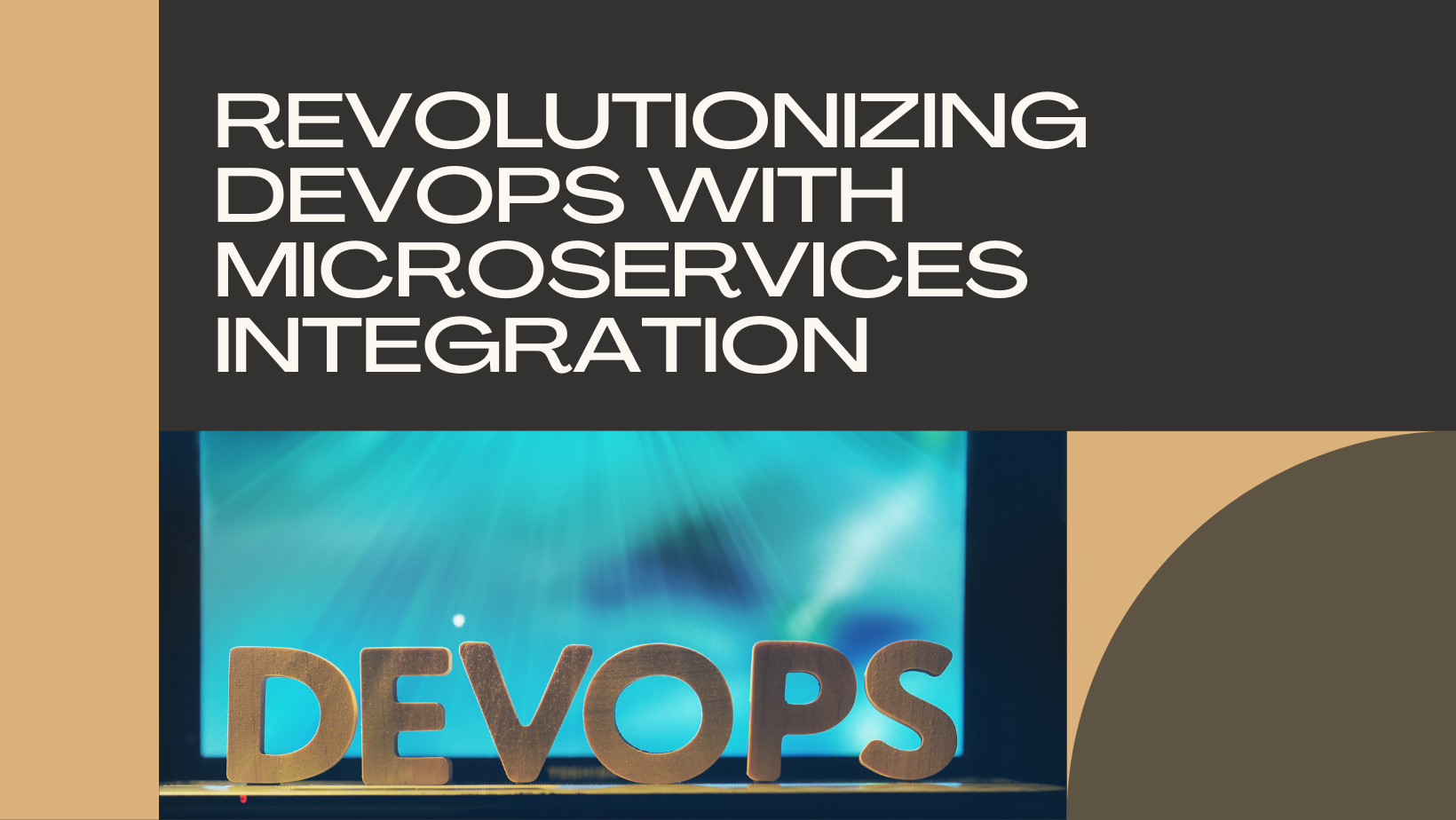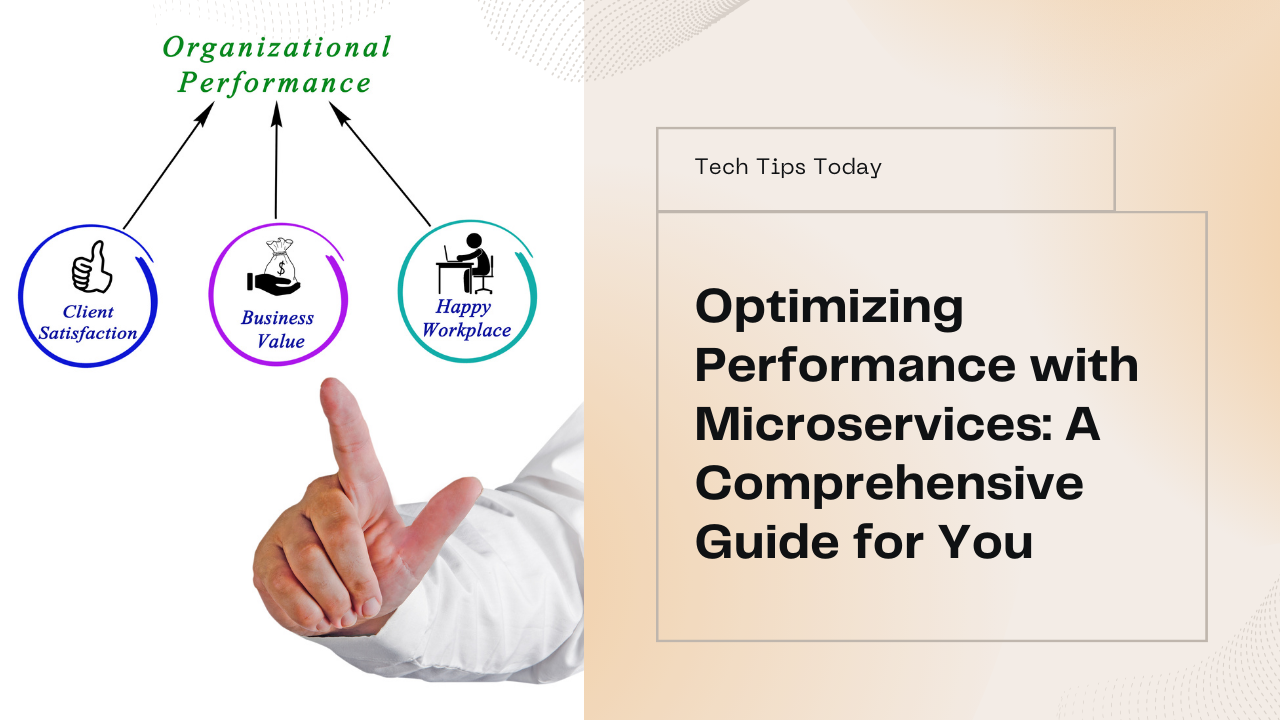In the realm of modern software architecture, Microservices have emerged as a transformative approach to building scalable, resilient, and agile applications. This blog explores the numerous advantages that Microservices offer for application development, detailing key benefits, implementation strategies, challenges, and how Sodio Technologies leverages this architectural pattern to drive innovation and efficiency for businesses.
Understanding Microservices Architecture
Microservices Architecture is a design approach where a complex application is decomposed into smaller, independently deployable services. Each service encapsulates a specific business capability and communicates with other services through lightweight protocols like HTTP or messaging queues. This contrasts with monolithic architectures, where all functionality is tightly integrated into a single application.
Key Benefits of Microservices for Application Development
1. Scalability and Elasticity
Microservices enable horizontal scaling of individual services based on demand, allowing organizations to optimize resource allocation and handle varying workloads effectively. Unlike monolithic applications, where scaling often involves scaling the entire application, Microservices architecture supports targeted scaling of specific services critical to business operations.
2. Enhanced Agility and Faster Time-to-Market
The modular nature of Microservices facilitates agile development practices, empowering development teams to work on and deploy services independently. This agility accelerates time-to-market for new features and updates, enabling organizations to respond swiftly to market changes, customer feedback, and competitive pressures.
3. Improved Fault Isolation and Resilience
Microservices promote fault isolation, ensuring that issues within one service do not impact the entire application. By encapsulating business functionalities into discrete services, organizations can enhance system resilience, minimize downtime, and improve fault tolerance in distributed environments.
4. Technology Diversity and Innovation
Microservices support polyglot programming, allowing each service to be developed using the most suitable programming language, framework, or database. This flexibility fosters innovation by enabling teams to adopt emerging technologies, experiment with new tools, and optimize performance based on specific service requirements.
5. Simplified Maintenance and Scalable Development
Smaller, focused Microservices are easier to understand, maintain, and update compared to monolithic applications. Development teams can make changes to individual services without impacting others, facilitating continuous integration and continuous deployment (CI/CD) practices. This scalable development approach promotes faster iteration and adaptation to evolving business needs.
Challenges and Considerations
1. Complexity in Distributed Systems
Managing a distributed Microservices architecture introduces complexities such as network latency, data consistency, and inter-service communication. Organizations need robust monitoring, logging, and debugging tools to ensure seamless integration and operational efficiency across services.
2. Organizational Alignment and Cultural Shift
Transitioning to Microservices requires a cultural shift towards cross-functional collaboration, ownership, and DevOps practices. Teams must align their workflows, responsibilities, and communication channels to effectively manage and support distributed services.
3. Implementing Effective Governance and Security
Ensuring effective governance and security measures across Microservices is essential to protect sensitive data, enforce access controls, and maintain regulatory compliance. Implementing security best practices, API gateways, and service mesh architectures can mitigate risks associated with distributed application environments.
Implementing Microservices in Application Development
Step 1: Assess Feasibility and Readiness
Evaluate existing application architectures and organizational readiness for adopting Microservices. Identify business capabilities and domain boundaries that can benefit from decomposition into Microservices, considering scalability requirements, team structure, and technological maturity.
Step 2: Define Service Boundaries and Contracts
Define clear boundaries and responsibilities for each Microservice based on domain-driven design principles. Establish well-defined API contracts and communication protocols to ensure interoperability, maintainability, and flexibility across services.
Step 3: Embrace Containerization and Orchestration
Containerize Microservices using Docker or similar containerization technologies to standardize deployment and runtime environments. Leverage container orchestration platforms like Kubernetes to automate scaling, load balancing, and service discovery across distributed deployments.
Step 4: Implement DevOps Practices and CI/CD Pipelines
Adopt DevOps practices to automate build, test, and deployment processes for Microservices-based applications. Implement CI/CD pipelines to enable rapid and reliable delivery of changes to production, ensuring consistency, reliability, and scalability in software delivery.
Sodio Technologies: Driving Innovation with Microservices
At Sodio Technologies, we specialize in designing and implementing robust Microservices solutions that empower businesses with scalability, agility, and innovation. Leveraging our expertise in cloud-native development, containerization, API design, and DevOps practices, we help organizations harness the full potential of Microservices architecture to accelerate digital transformation and achieve competitive differentiation.
Conclusion
Microservices Architecture represents a paradigm shift in application development, offering unparalleled benefits in agility, scalability, and innovation compared to traditional monolithic architectures. By adopting Microservices, organizations can optimize resource utilization, enhance system resilience, and accelerate time-to-market for new software solutions. Partnering with a trusted technology provider like Sodio Technologies ensures a seamless transition to Microservices and positions businesses for sustained growth and success in the digital era.







